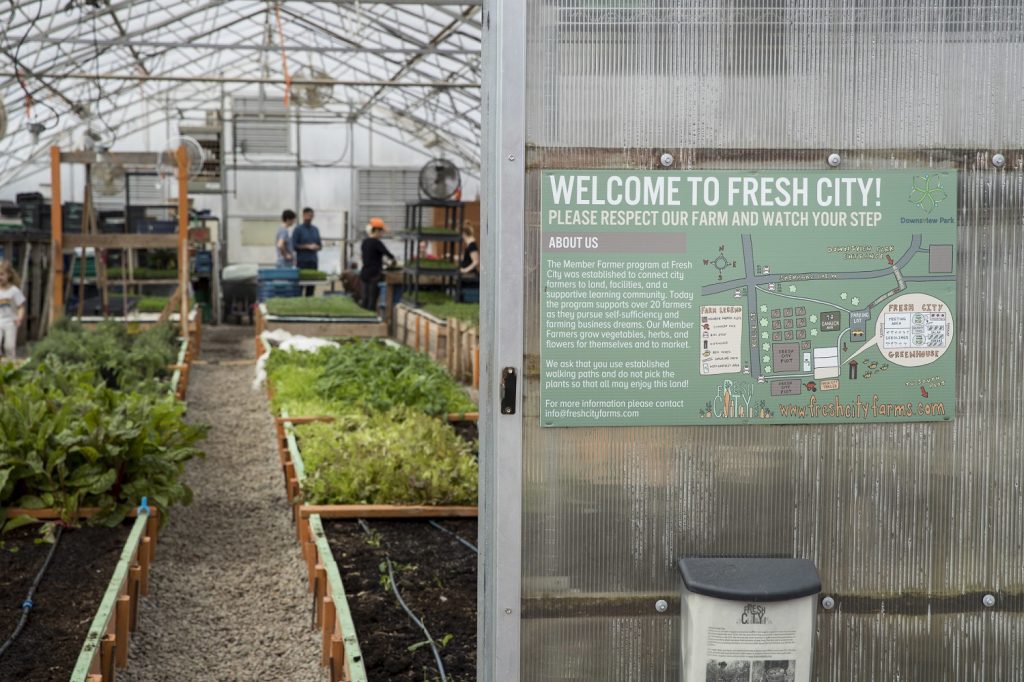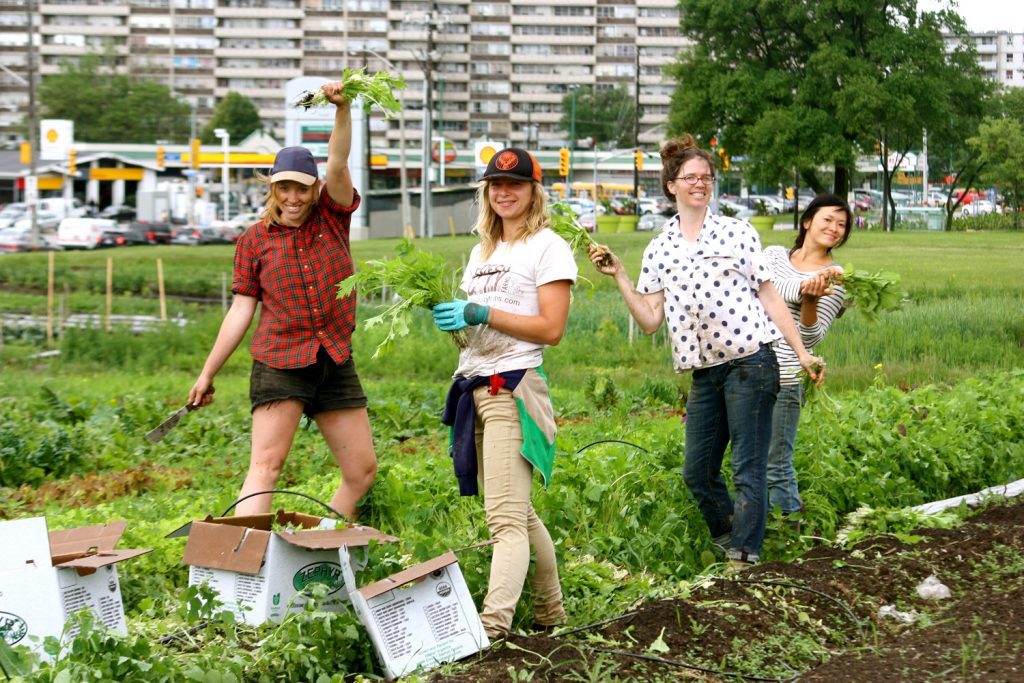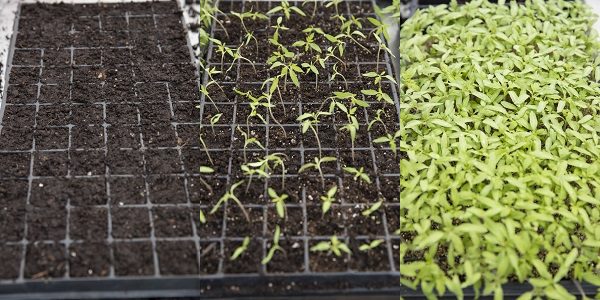You won’t find many investment bankers who would trade their lucrative careers to grow vegetables, but that’s exactly what Ran Goel did. Moving from New York City back home to Ontario, he launched what has become Canada’s largest commercial urban farm. Fresh City, located in Toronto’s Downsview Park, now boasts a committed client base and an impressive dedication to local food and sustainability.
We asked Ran to share some of his top insights into how buying local can help fight climate change, and how you can reduce your carbon footprint by making better choices about the food you eat.

How did you go from being a Wall Street lawyer to a Toronto urban farmer?
I was a hedge-fund lawyer during the 2008 financial crisis, which was a truly eye-opening experience. It gave me a first-hand look at what happens when a system completely breaks down – when long-held assumptions about how the world works fall apart.
At the same time, I started reading about food – books like Michael Pollan’s Omnivore’s Dilemma — and I saw a lot of parallels between the two systems. In food, the assumption is that we can all continue to enjoy Nature’s Bounty and eat foods from all over the world. Once you scratch the surface, however, you realize that the crisis in the food system is actually even bigger and more profound than the crisis in the financial system – and we can’t afford to have it fall apart.
So I made my way back to Toronto and started Fresh City, which now operates two urban farms and provides a fresh and prepared food delivery service as well as a mentoring program for new farmers.

What’s the link between local food and climate change?
How we feed ourselves has a huge impact on climate change, whether it is cutting down rainforests to grow food or using energy-intensive artificial fertilizers. But most people are not very aware of this impact.
The fact is that anywhere between one-quarter and one-half of global greenhouse gas emissions are related to food. If we want to reduce our climate impact, it’s vitally important that we address where, how and what we produce. Growing food doesn’t just reduce the distance your dinner has to travel, it also also offers opportunities for absorbing carbon back into the earth.
At Fresh City, we are trying to start a dialogue about local food and to bridge the gap between farmers and urban residents. Most people living in the city are two or three generations removed from any real connection to farming. A farm is just something they see from the highway on their way to the cottage. So we are trying to build a food culture. Urban farms can play a huge role in giving people a real sense of where their food comes from and how it comes about.
How are you building this connection between farms and city dwellers?
Well, you can now take the subway directly to our farm in Downsview Park. An urban farm is just so much more visible and accessible, which makes them a great place for reconnecting people with local food and how it is grown.
We run events every Sunday at the farm all through the growing season, including U-pick days where families can come out and bring home produce that they have picked from the farm. We also have a mentoring program for new farmers where we help 15 to 20 would-be farmers learn the ins and outs of organic and sustainable growing methods. It’s literally a hothouse of food growing activity right in the city.

Speaking of hothouses, you run a couple of greenhouses. Can you tell us about those?
Greenhouses can have large energy footprints, particularly year-round operations. But there are ways of addressing this, including using geothermal heating, heat-conserving curtains, and now there is even solar-power generating glass. We can control energy costs by making our greenhouses more sustainable instead of by subsidizing energy inputs.
We have a greenhouse at the Downsview farm and another one in northwestern Toronto. This second greenhouse has rainwater capture that feeds a very efficient drip irrigation system, and solar -powered fans and lights. It is completely off-grid and grows food year-round (our Downsview greenhouse is a two-season greenhouse).

You’re doing a lot to reduce the climate change impact of the food you produce. What can city folks and other non-farmers do to reduce their food-related impacts?
The best place to start is eating a more plant-based diet. You don’t have to go vegan or vegetarian, but you can eat less meat, dairy and eggs. It’s about finding a way to make better choices – eating smaller portions or skipping meat a couple of days a week.

Another great thing to do is to explore growing your own food. Start a little herb garden in your condo window, on your balcony or in your backyard. You’ll like the food better and it will get you excited about eating vegetables!
If you’d like to learn more about growing your own organic food, or sign up for other workshops at Fresh City Farms, check out their events page here.
You can join Ran as part of the Ontario climate action movement. Follow the link to learn more.










